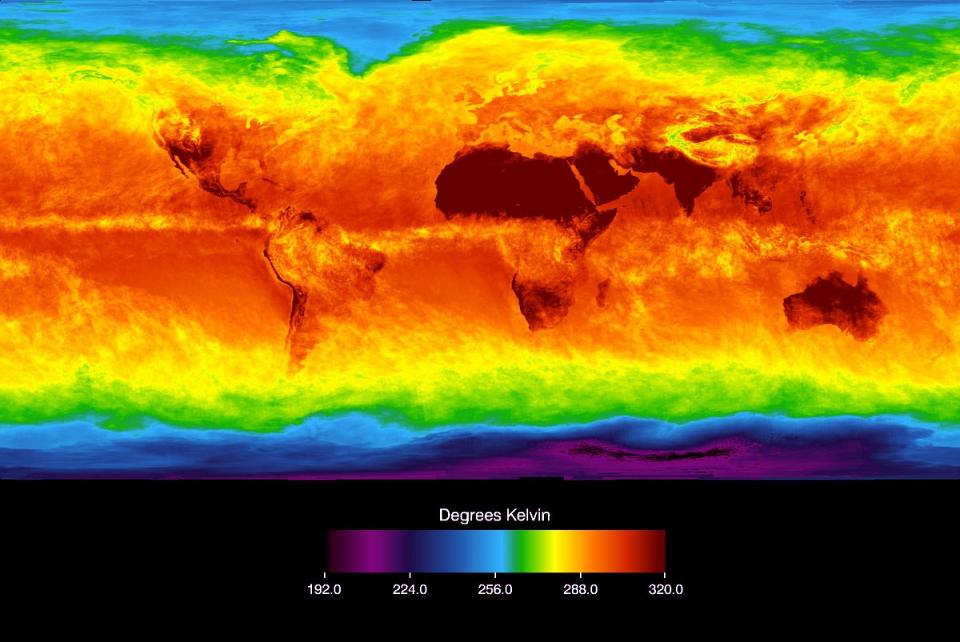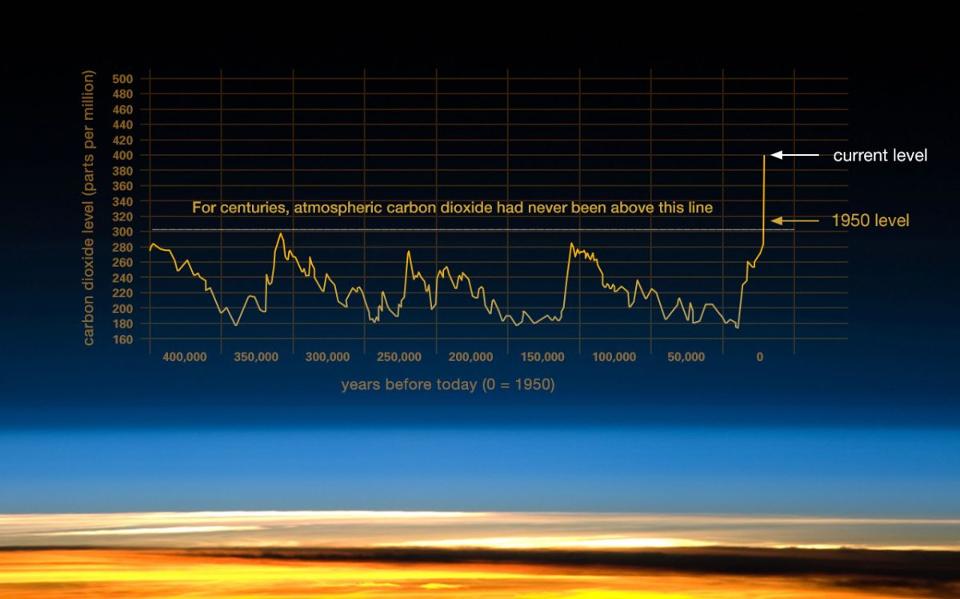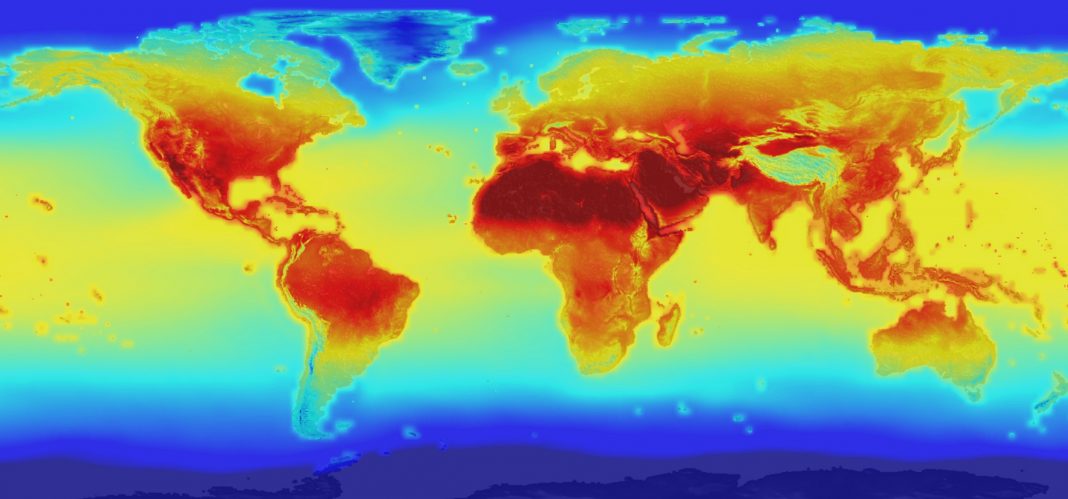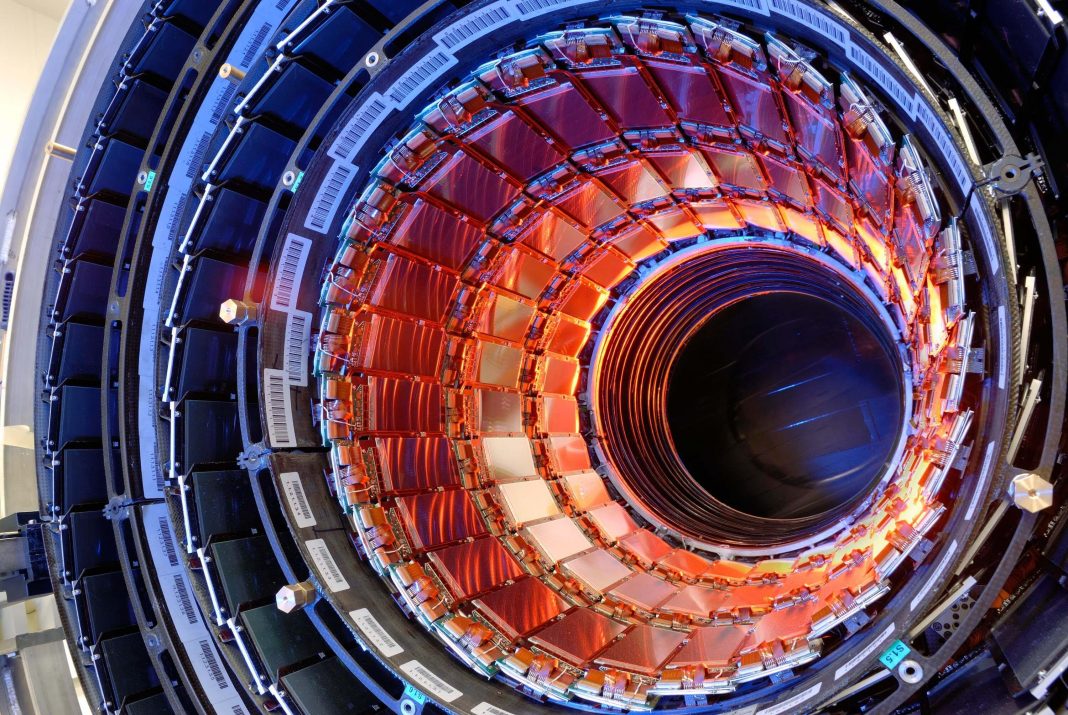Almost everywhere you look there’s evidence of climate change. The increased emissions of greenhouse gasses or CO2 can have devastating effects on the environment and all that’s within it. To get to know more about these effects the first step would be to measure the heat content of planet, all over the world, including both land and sea. You’d also want to know the measurements from the past, as far back as possible to get the best idea. Because you can’t literally go back in time to do this, you would need to instead look for proxies that would give us clues as to past temperatures.
Studying past climates and temperatures by looking at the properties of trees that were growing at that time is called dendroclimatology and can be very useful indeed. Then you could get the measurements of the gasses present in the environment including oxygen, methane, carbon dioxide, and nitrogen. What you’d discover if you were to study the way in which the atmospheric contents have changed is that both the absolute and relative humidity changes at the same time. This affects the water vapor content, cloud cover, and cycling/convection of the atmosphere. Because these components are all interrelated, what affects one can also affect another.

Additional data proxies such as measuring the atmospheric carbon dioxide in ice cores can be used too. Putting all this raw data together you’d then attempt to make some sense out of it by calibrating it. Finally, all this data would be placed into a model along with solar output, volcanic activity, cloud cover, etc. and you can then try to predict the trend the temperature will follow. All of this will clearly demonstrate how the carbon dioxide levels across the word are increasing and how the Earth’s temperature as a whole is warming. Experts predict that the temperature of our planet will continue to rise over the next 50 years, and the more we emit the quicker that temperature will rise. There is no denying climate change. It is real and it is here – now.

More News to Read











